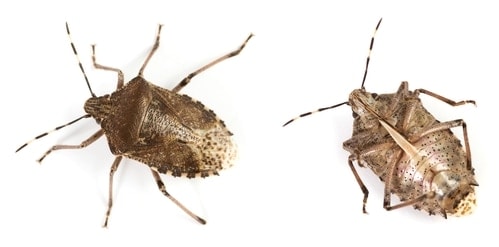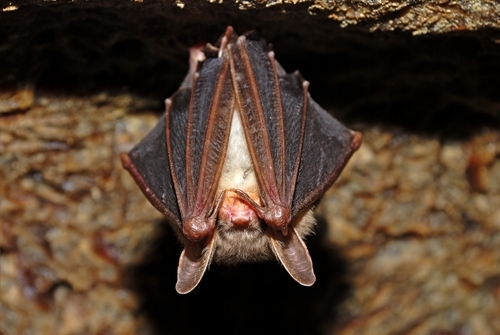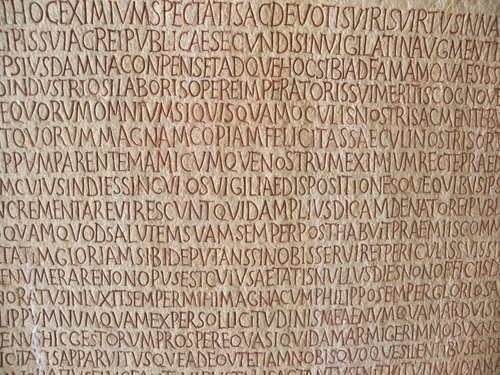All over the world bed bugs have become a reality of everyday life terrorizing people in their most vulnerable state, while they sleep. They are tiny pests that hide in or near your bed during the day, and come out at night to feed on your blood.
Bed bugs are parasitic insects from the cimicid family, known more accurately as cimex lectularius, and they are an evolved species that feed exclusively on human blood. There are a large variety of cimex species, each having their own warm blooded animal of preference to feed on.

They have been around since the beginning of civilization and have been found fossilized in archaeological sites dating back more than 3500 years. Since the beginning of recorded time, bed bugs have been documented in both ancient Egyptian and ancient Greek literature.
A question that many people wonder is where did these awful pests come from?
Origins of the Bed Bug
Until recently, it was a mystery where bed bugs originated. The main theory, which ended up being correct, was that bed bugs began attaching themselves to humans as early as the cavemen days.
This was confirmed in a recent article titled “Host association drives genetic divergence in the bed bug” written by Warren Booth and published in the journal ‘Molecular Ecology’. This article contains extensive research providing the first genetic evidence that bed bugs adapted to human blood from another cimex species that fed on bat blood.

When humans began living in caves, Cimex that fed on bats occupying these same caves eventually adapted to feed on human blood as well. As humans began moving out of caves and building villages, the pests flourished in their newfound homes.
As civilization expanded, bed bugs spread quickly through Eurasia, followed by Europe. Huts were an ideal living space for bed bugs since they were able to hide in warm places during the day and be very close to their hosts at night when they feed.
Ancient references to bed bugs
Bed bugs were first mentioned on ancient Egyptian scrolls documenting how much of a nuisance they were to people. These scrolls date back to 3500 B.C. which is around the same era that the oldest bed bug fossils discovered were from.
Bed bugs were mentioned in ancient Greek texts as early as 499 B.C. and again discussed in Aristotle’s Historia Animilia around 370 B.C. These are likely the first recorded texts that mention bed bugs coexisting with humans.

In Italy they were also referenced early on around 77 A.D. but in a different context than you would expect. Pliny the Elder mentioned them in his encyclopedia titled Naturalis Historia stating that bed bugs had medicinal properties. During that time it was believed that they could be used to make medicine for treating ear infections and snake bites.
This belief that bed bugs had some sort of medicinal properties continued until the 18th century when French naturalist Jean Etienne Guettard recommended that they can be used to treat hysteria.
Sources
[1] Encyclopedia of Entomology – Bed Bugs – 2008
[2] BBC – Origin of Bed Bugs revealed – Jan 2015



